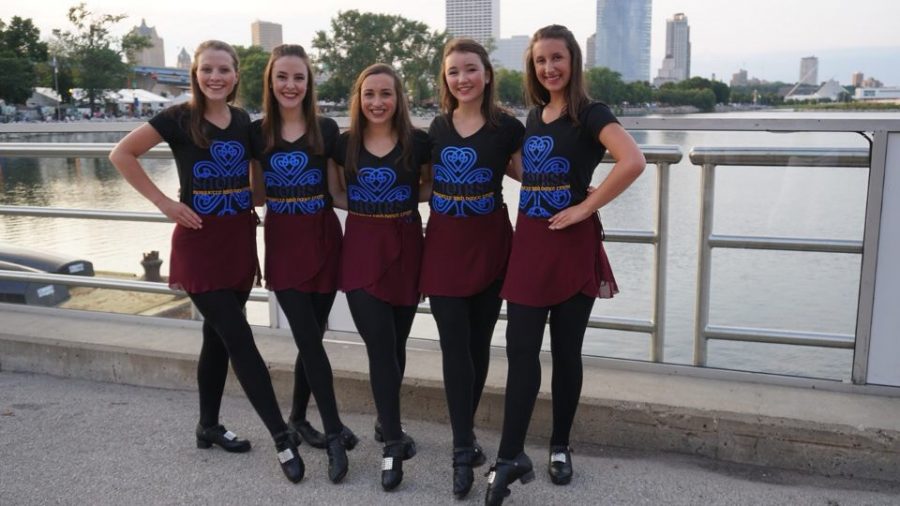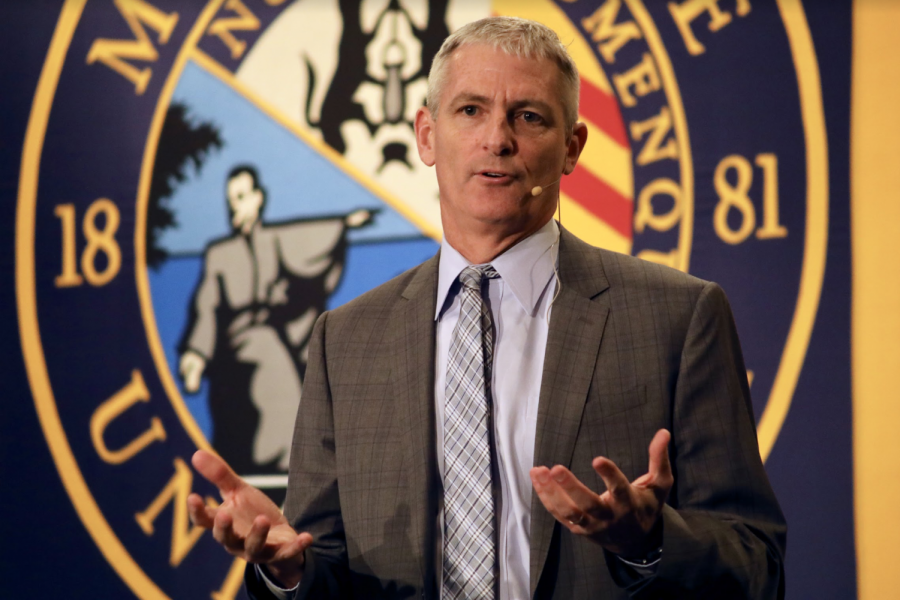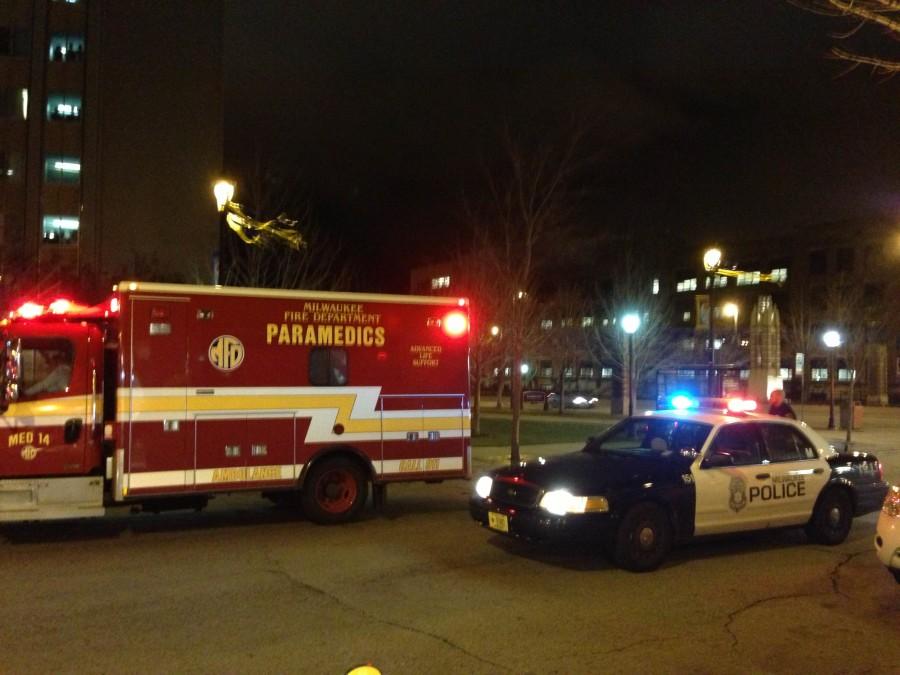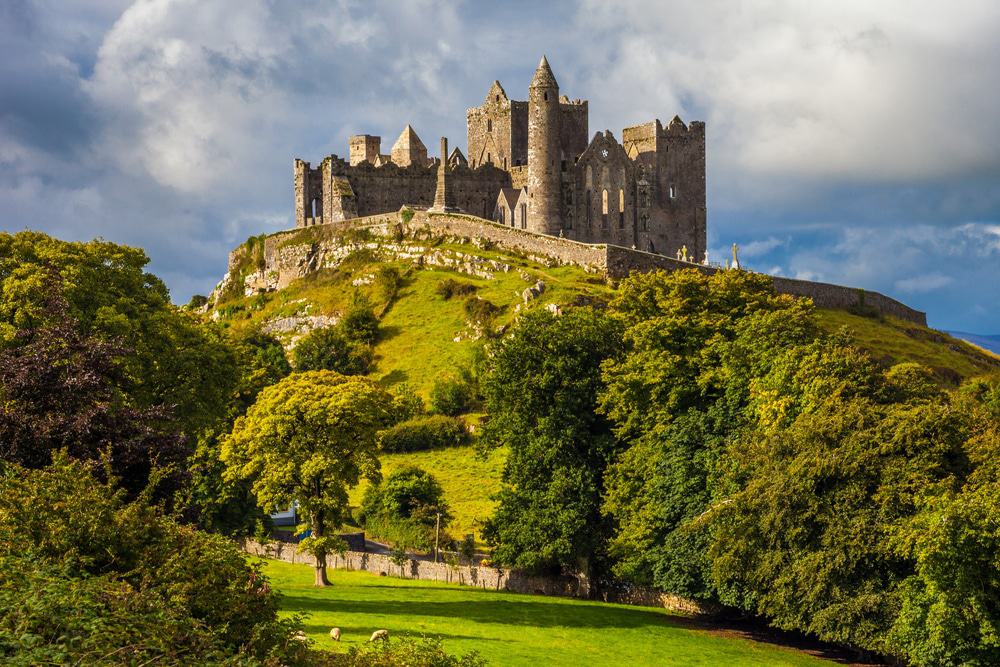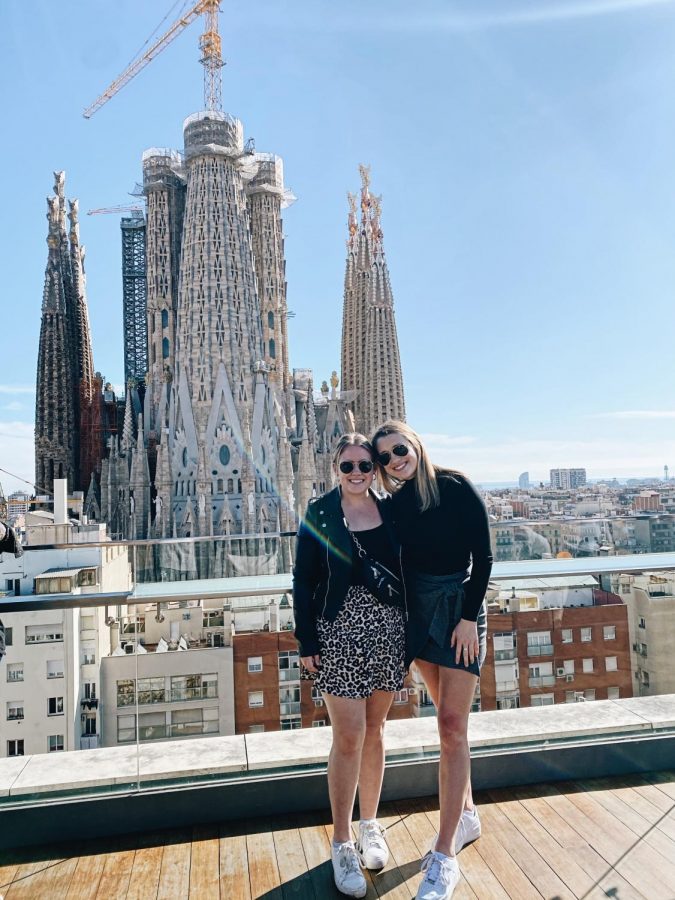For many, St. Patrick’s Day calls to mind green T-shirts, corned beef hash and specials at local bars. But the meaning of the holiday lies deeper than just an excuse to day drink.
The Rev. Aaron Pidel, a Jesuit priest and assistant professor of theology, said the holiday’s namesake, St. Patrick, was English and was enslaved and taken to Ireland at age 16. He eventually escaped and returned to England, but later went back to Ireland to help evangelize the country.
St. Patrick became the patron saint of Ireland, Pidel said, and his feast day became a day of celebration. The shamrock, a symbol often associated with St. Patrick’s Day, comes from a legend that St. Patrick used the symbol of the three-leafed shamrock to symbolize to the Irish pagans the concept of the Holy Trinity — that God is simultaneously three persons and one being.
The Rev. Michael Maher, a Jesuit priest and adjunct professor of history, said St. Patrick’s Day has evolved to become the popular holiday it is today in secular society
“In the United States, it’s almost like our version of Carnival,” Maher said, referring to the celebration preceding Lent. “You know, it’s sort of like this reason to get silly at the end of winter and kind of look forward to a party… sort of like an event looking for a cause.”
Popular celebrations surrounding St. Patrick’s Day began in the United States as an expression of pride by the Irish, a group that was largely discriminated against, Maher said. He said comparisons can be drawn between the United States’ history of prejudice against Irish immigrants and prejudice against African-Americans.
In the 19th century, mass immigration to the United States by Irish sufferers of the potato famine caused conflict with jobs, as Irish laborers worked for lower pay and took jobs from working-class Americans, according to History.com. Irish immigrants dealt with signs at businesses reading “NINA,” or No Irish Need Apply, and attempts to show cultural inferiority through evolution by comparing physical characteristics. Additionally, the Irish immigrants were depicted as being violent and alcoholics.
St. Patrick’s Day then rose to popularity as a way to display Irish pride in the face of persecution, Maher said. But the intended meaning of celebrating what it means to be Irish has been altered by popular culture.
Maher said he comes from a “completely Irish” family and has been involved with the Milwaukee Irish Fest for more than 30 years. He said he also used to teach Irish dancing.
“In my family, when my parents were living, we would go to people’s houses, and we would do Irish dancing and read poetry, and it was much more of a presentation of Irish culture,” he said. “I mean, I doubt if anyone (at bars on St. Patrick’s Day) would know much about Irish culture, except the stereotype of drinking.”
Maher said St. Patrick’s Day celebrations that focus entirely on drinking are “kind of the antithesis of what St. Patrick was about” and promote negative stereotypes. Further, Maher said that “in a way, St. Patrick’s Day is cultural appropriation by a consumer society.”
Annabel Engelhardt, a junior in the College of Health Sciences, agreed that St. Patrick’s Day has a deeper meaning than many people take time to recognize.
“It’s much more than drinking green beer. There’s a lot more meaning to it, I think, than the surface level (when people) go down to the bars,” she said.
Engelhardt said her mother is very Irish, and she and her three siblings grew up Irish dancing. Engelhardt continues to dance at Marquette, where she helped start the Saoirse Irish Dance Team in 2016.
Growing up, a lot of the month of March was dedicated to Irish dance performances, Engelhardt said.
“I don’t think I ever went to school on St. Patrick’s Day until high school because we would just spend all day out dancing,” she said. “And it was completely normal, too, because all of our friends growing up were Irish dancers as well.”
In addition to Irish dancing, the holiday for Engelhardt involved eating corned beef and cabbage, watching Irish movies and dyeing milk green.
“To me, it’s just a chance to be with your friends and family … being with people who are also really freaking excited to be Irish,” Engelhardt said.
Eric Titze, manager of Caffrey’s Pub, said that while Caffrey’s does see a slight increase in sales around St. Patrick’s Day, the fact that the bar is located on campus and that the holiday often coincides with spring break means their sales do not increase as much as for other bars in the city.
“I think that St. Patrick’s Day has become like most other holidays, in that the traditional meaning has fallen to the wayside,” Titze said in an email. “Instead, most people use it as an excuse to socialize with friends.”
Titze said although St. Patrick’s Day has become a holiday largely centered on sharing drinks, other holidays have shifted their focus to sharing gifts or sharing meals. While holiday celebrations in popular culture are often altered from their original meaning, Titze said, there is a constant theme throughout of “spending time around friends or family.”

